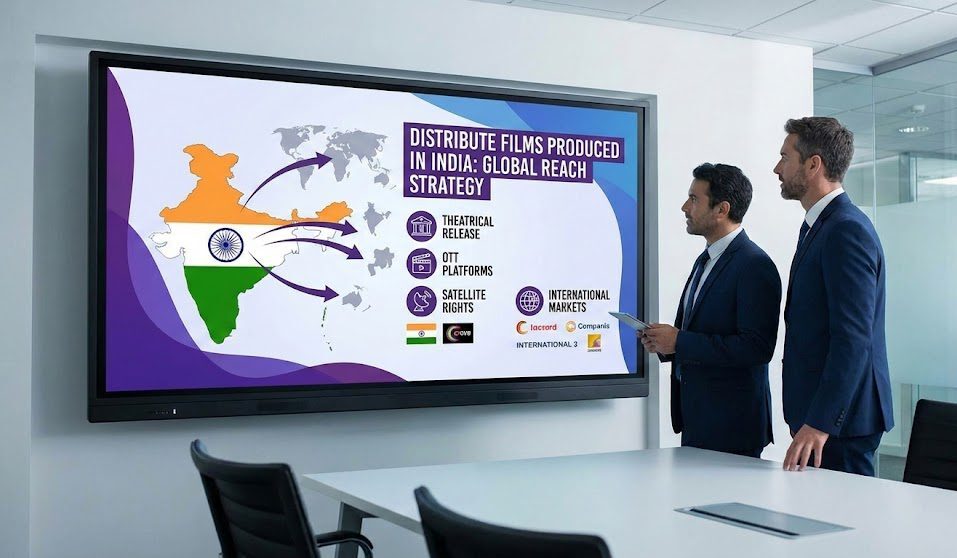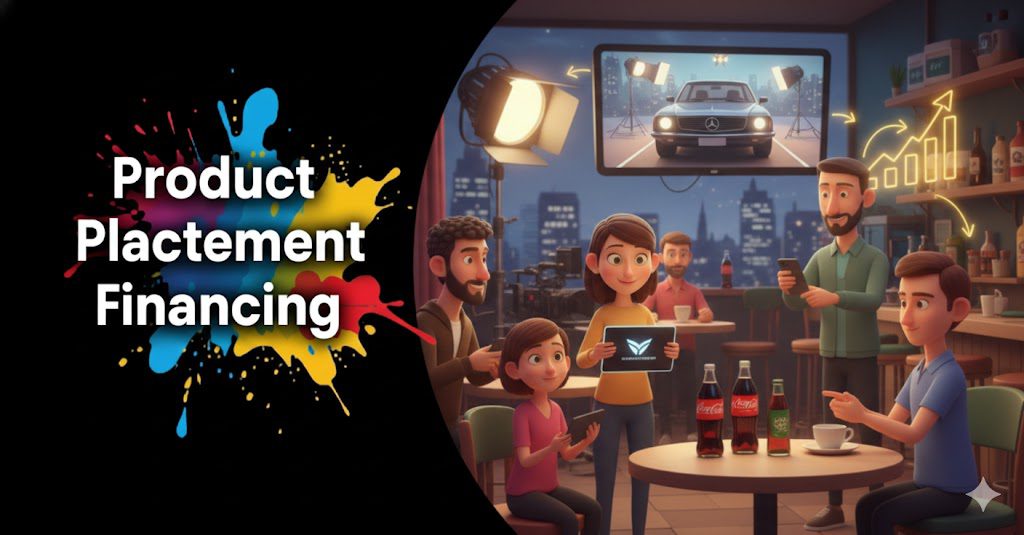Introduction
The world of film and television is thrilling—but behind every captivating story lies the complex machinery of Financing. Whether you’re a budding producer or a savvy investor, understanding how film & TV financing works is crucial to making smart, strategic moves. This article is your ultimate guide to navigating the financial engine that powers global content creation.
In this comprehensive guide, you’ll uncover the secrets of production deals, the roles of key stakeholders, different types of financing methods, and the critical success factors in the content business. You’ll also learn how Vitrina, the leading platform for tracking the global entertainment supply chain, can empower you to make better financial decisions, connect with the right partners, and capitalize on new opportunities.
By the end of this article, you’ll not only understand how Financing in film & TV really works—but also how to leverage it to your competitive advantage.
Unlock Global Financing Opportunities

What is Film & TV Financing?
Film & TV financing refers to the funding mechanisms used to develop, produce, and distribute content. It involves raising capital from multiple sources—ranging from private investors and production studios to government grants and tax incentives—to bring a project from concept to screen.
Types of Financing Models in Film & TV
There are various financing models producers use, including:
- Equity Financing – Investors fund the project in exchange for a share in profits.
- Debt Financing – Loans or advances from banks or financiers to be repaid with interest.
- Pre-Sales – Selling distribution rights before the film is completed.
- Tax Incentives & Rebates – Government programs that refund a portion of expenses.
- Gap Financing – Loans against unsold rights.
- Co-Productions – Partnerships between companies in different countries to share costs and revenues.
Grants & Subsidies – Offered by cultural bodies or film commissions.
Key Players in Film & TV Financing
Understanding who funds, facilitates, and manages financing is critical:
- Producers
- Executive Producers
- Content Financiers
- Sales Agents
- Distributors
- Broadcasters & Streamers
- Film Commissions & Public Funds
- Private Equity Investors
Each player brings unique financial leverage and strategic value to the table.
Make Smart Financing Decisions with Data

How the Financing Process Works
- Project Development – Budgeting and preparing pitch materials.
- Investor Outreach – Targeting aligned financiers and stakeholders.
- Packaging – Attaching talent to increase marketability.
- Structuring the Deal – Creating funding tiers, waterfall agreements, and recoupment strategies.
- Financing Closure – Contracts, escrow, and drawdowns.
- Production & Monitoring – Execution under budget and timeline.
- Sales & Revenue Realization – Distribution, licensing, and royalties.
Risks and Rewards in Film & TV Financing
While the rewards can be substantial—global IP ownership, recurring licensing, revenue from multiple territories—risks include:
- Budget overruns
- Distribution delays
- Market reception uncertainty
- Changing audience tastes
- Complex rights management
Smart investors mitigate risks by partnering with experienced producers and using platforms like Vitrina for due diligence.
How to Attract the Right Investors
To secure financing, you must:
- Create a strong pitch deck with market potential.
- Showcase past success or attach reputed talent.
- Demonstrate distribution reach and monetization strategy.
- Highlight your team’s credibility and production capabilities.
- Use data—like insights from Vitrina—to back your project’s value proposition.
How Vitrina Helps with Financing
Vitrina is your strategic gateway to the world of Film & TV Financing. Here’s how it helps:
- Discover Co-Pro and Financing Partners across 100+ countries.
- Track every global Film+TV project, categorized by stage and linked to financiers.
- Access decision-makers and executives with verified contact details.
- Filter companies based on size, specialization, and deal history.
- Integrate Vitrina Projects Tracker API into your CRM or sales strategy to target the right leads.
- Stay ahead of trends, identify financing patterns, and build high-conversion outreach pipelines.
From helping Netflix assess financing trends to enabling Globo’s Co-Pro strategies, Vitrina is the industry’s preferred toolkit for mastering financing strategy.
Key Takeaways
- Film & TV financing involves layered strategies, partners, and capital sources.
- Multiple financing models—from equity to co-pros—are critical to success.
- Knowing key players and leveraging industry data improves outcomes.
- Platforms like Vitrina simplify discovery, matchmaking, and outreach for financing partners.
- Integrating financing intelligence into your strategy offers a significant competitive edge.
Frequently Asked Questions
A mix of pre-sales, equity, and tax incentives is most common.
It involves sharing costs and profits between production partners from different countries.
A structure that defines the order in which revenue is distributed among stakeholders.





































